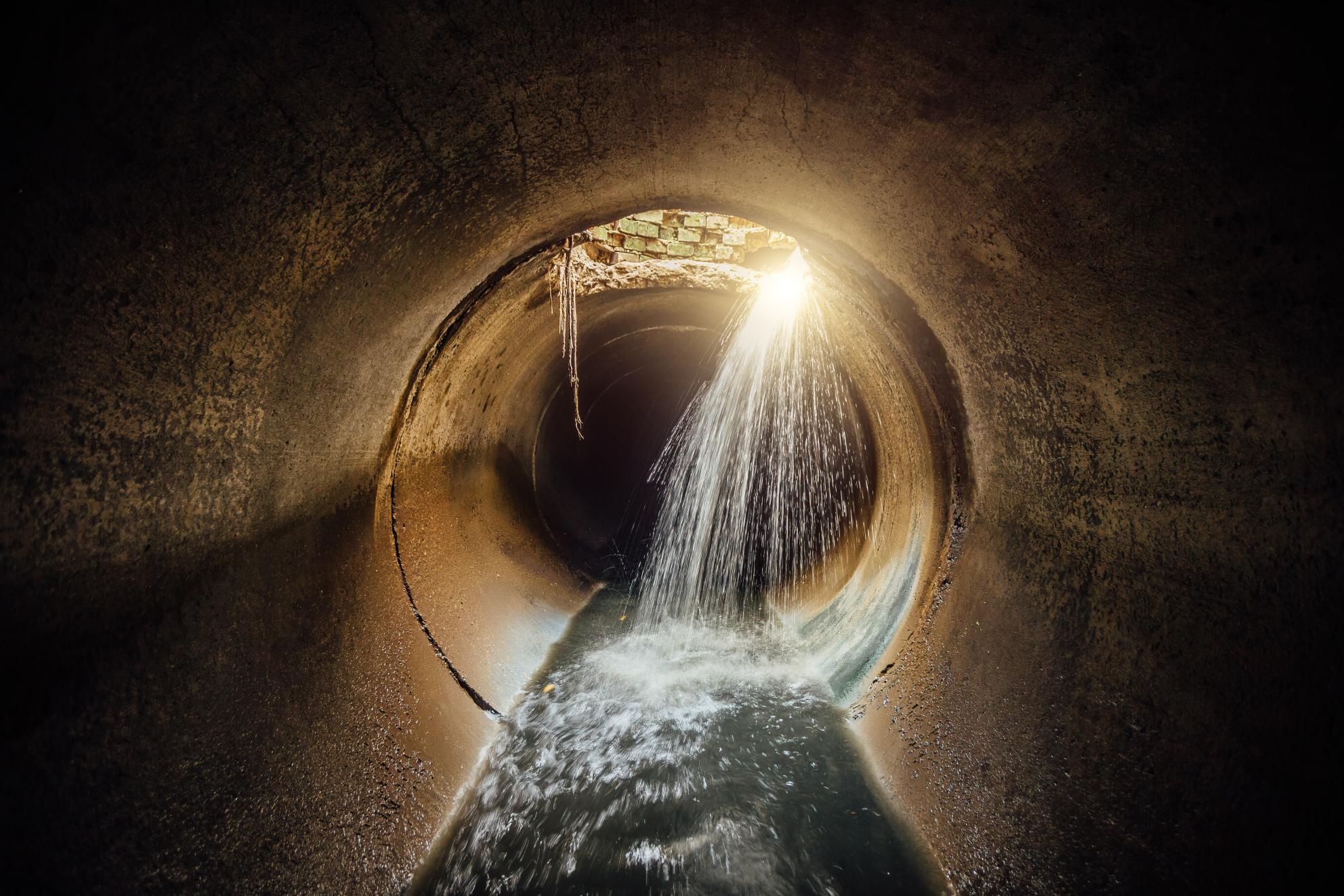New Rules for More Thorough and Cost-effective Urban Wastewater Management Enter into Force
The revised Directive will strengthen treatment rules, ensuring a higher level of protection for the public and the environment.
The EU is taking an important step towards achieving its ‘Zero Pollution’ ambition, with the revised Urban Wastewater Treatment Directive due to enter into force on 1 January.
The new rules will further protect human health and the environment from harmful discharges of urban wastewater and ensure cleaner rivers, lakes, groundwater and coasts across Europe.
The revised Directive will bring financial benefits of approximately EUR6.6 billion per year by 2040, far outweighing the estimated implementation costs, while simplifying reporting obligations for Member States.
Updated rules
The Directive applies to a broader number of areas, including covering smaller agglomerations starting at 1,000 inhabitants. More nutrients will be removed from urban wastewaters and new standards will be applied to micropollutants.
Systematic monitoring of microplastics and PFAS (often referred to as forever chemicals) is now required, as well as monitoring of public health parameters. This includes monitoring antimicrobial resistance, a growing public health threat and several viruses, such as SARS-Covid, to spot early signs of an epidemic. This timely gathered data will support quick decision-making in case of a public health emergency.
In line with the ‘polluter pays’ principle, the new law will ensure that the costs of advanced treatment will mostly be covered by the responsible industry, rather than by water tariffs or the public budget. The pharmaceuticals and cosmetics industries, whose products create the most micropollutants in wastewater, will be required to pay at least 80% of the cost for their removal. This will limit the cost of the new requirements for citizens.
The new rules will drive the wastewater sector towards energy and climate neutrality. They will also improve the management of stormwater in cities, which will become more and more important in view of increasing heavy rainfall events due to climate change.
For large cities, Member States will have to systematically develop integrated management plans to deal with stormwater that reduce the risk of urban floods and pollution during heavy rain. Smaller cities will have to do so when storm waters present a risk. In these plans, concrete management actions must be set out and nature-based solutions should be prioritised.
Increased circularity is a key element of the revised Directive, and new requirements have been introduced to recover valuable components from wastewater and sewage sludge, like phosphorus, a critical raw material in the EU. This allows for further use in sectors like agriculture.
Additionally, the Directive promotes stronger reuse of treated water, ensuring that no valuable resources are wasted, helping to protect water supplies in water-stressed regions and relieve pressure on supply chains.
Finally, it will ensure access to sanitation in public spaces for the two million most vulnerable and marginalised people in the EU. By the end of 2029, Member States must identify vulnerable and marginalised populations, implement measures to improve their access to sanitation facilities and promote freely accessible, safe and hygienic public sanitation facilities in urban areas with at least 10,000 inhabitants. This is in line with requirements set under the revised Drinking Water Directive, which requires access to water for all.
EU support for implementation
To simplify the reporting and processing of wastewater treatment data, the European Environment Agency will provide digital databases for Member States. They will no longer be required to submit written reports every two years as under the previous directive, therefore reducing administrative burden.
The recast Directive sets the legal requirements for wastewater management for the coming decades, giving the water sector the security to plan accordingly. The European Commission will work closely with Member States to ensure that the Directive is effectively implemented and contributes to a water-resilient Europe. This includes providing guidance and support to facilitate compliance and achieve the Directive’s objectives.
A clean environment is at the core of Europe’s prosperity. New rules on treating urban wastewater will ensure the protection of citizens’ health, drive innovation and promote circularity. This will help Member States become more water resilient.
Commissioner for Environment, Water Resilience and a Competitive Circular Economy, Jessika Roswall
Background
The Urban Wastewater Treatment Directive was first adopted in 1991 and has been instrumental in improving the quality of water bodies across the EU.
However, after more than 30 years, the directive needed a general overhaul to address new sources of urban pollution, which have become more dominant (such as smaller cities, decentralised facilities or stormwater). New pollutants have also emerged including microplastics or micropollutants (such as pharmaceuticals or cosmetics).
Furthermore, the urban wastewater sector should tap its potential for energy neutrality thus contributing to the EU’s climate goals.
More information
Urban wastewater – Commission page
Revised Urban Wastewater Directive – EUR-Lex page

